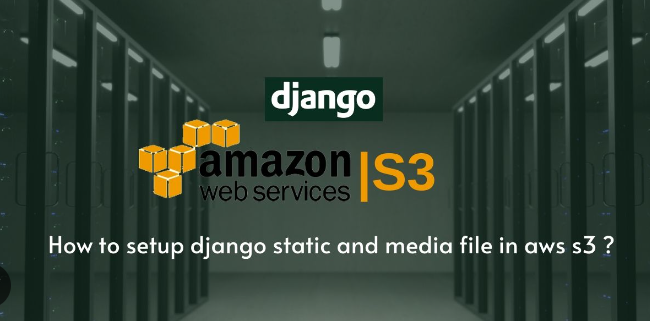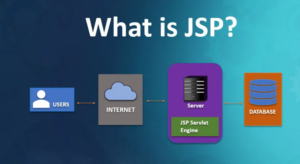Django provides easy integration with Amazon S3 for storing and serving media files such as images, videos, and user uploads. Using Amazon S3 (Simple Storage Service) for media storage offers scalability, durability, and reduced load on your Django application’s servers. Here’s how you can set up Django to use Amazon S3 for media file storage:
- Set up an Amazon S3 bucket:
- Log in to your AWS (Amazon Web Services) console and create an S3 bucket to store your media files.
- Configure the bucket’s permissions to allow public read access if you want to serve the files directly to users.
- Install the required libraries:
- Install the
boto3anddjango-storageslibraries usingpip:pip install boto3 django-storages
- Configure Django settings:
- Open your Django project’s
settings.pyfile and add'storages'to theINSTALLED_APPSlist. - Add the following configuration settings at the bottom of the file:
AWS_ACCESS_KEY_ID = 'your-access-key-id' AWS_SECRET_ACCESS_KEY = 'your-secret-access-key' AWS_STORAGE_BUCKET_NAME = 'your-bucket-name' AWS_S3_REGION_NAME = 'your-region-name' # e.g., 'us-east-1' DEFAULT_FILE_STORAGE = 'storages.backends.s3boto3.S3Boto3Storage'
- Adjust media file URLs:
- By default, Django serves media files from the local filesystem. To use Amazon S3, you need to update the media file URLs.
- Add the following line to your
urls.pyfile to include the necessary imports:python from django.conf import settings from django.conf.urls.static import static - Then, add the following line to the list of URL patterns:
python urlpatterns += static(settings.MEDIA_URL, document_root=settings.MEDIA_ROOT)
- Test the configuration:
- Start your Django development server and verify that media file uploads and retrieval are functioning correctly.
- Django will now automatically store uploaded media files in the configured Amazon S3 bucket.
With these steps, your Django application is configured to use Amazon S3 for storing media files. When users upload files, they will be stored in the S3 bucket, and you can serve them directly from there. This setup allows for easy scaling and offloading media storage from your Django servers, resulting in improved performance and reliability.
Remember to properly configure your S3 bucket’s permissions and access control to ensure the security of your media files. Additionally, you may want to explore additional features provided by django-storages and boto3 libraries, such as managing static files, configuring caching, and handling file storage for different environments. Refer to the official documentation for more advanced usage and configuration options.




